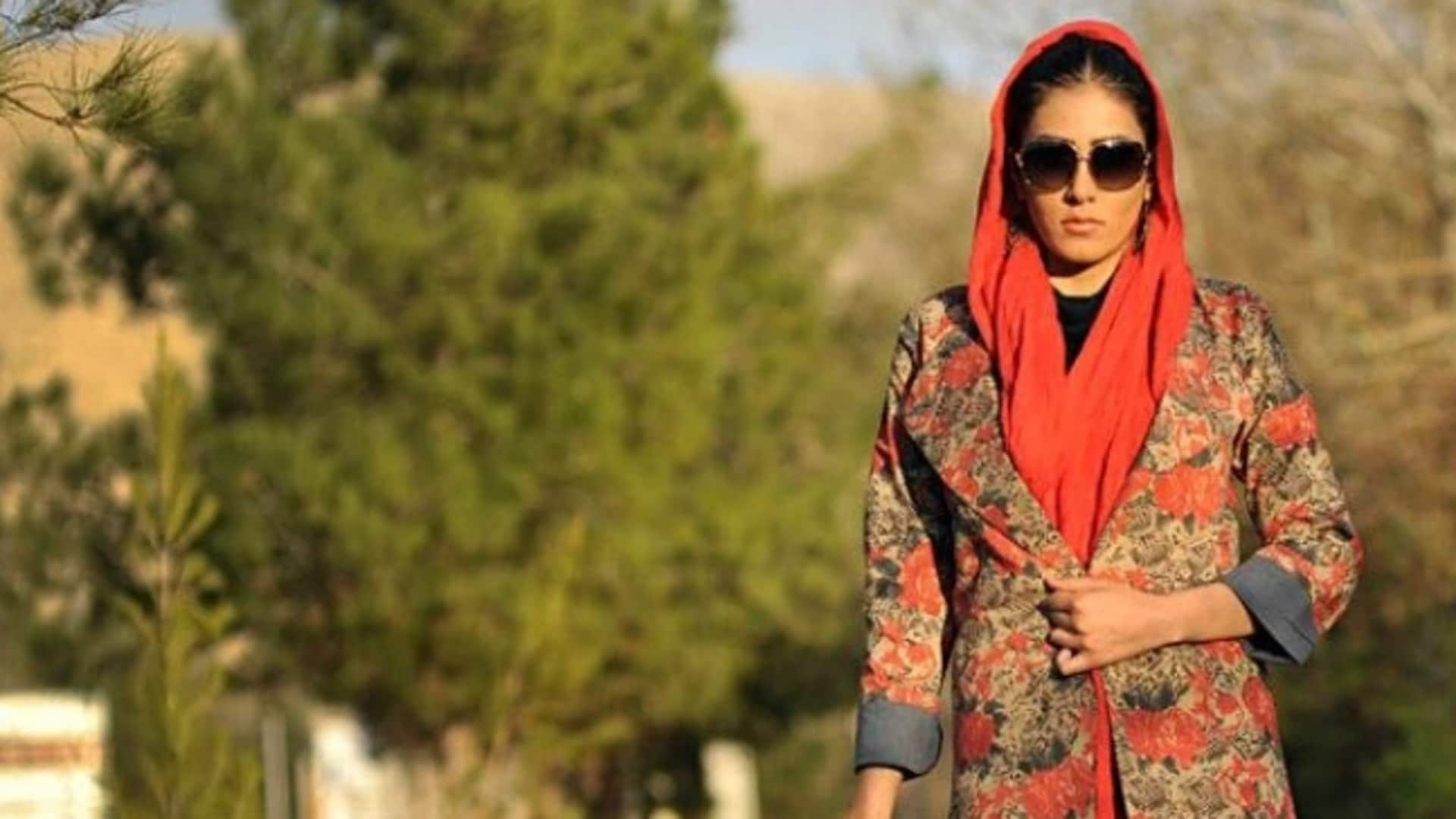
Persian manteau: Exploring its rich history and design
What's the story
The Persian manteau, an essential element of Iranian fashion, radiates elegance with its flowing silhouette and detailed designs. Deeply rooted in cultural significance, this garment has seen evolution while preserving its traditional core. This article explores the manteau's rich history and the fundamental concepts behind its design, and offers practical advice for seamlessly integrating it into contemporary wardrobes.
Background
Historical elegance
The manteau, originating from Persia, now known as Iran, emerged in the early 20th century. It was crafted as a versatile overgarment that not only adhered to cultural norms but also enabled women to move with ease. Through the years, it has evolved into a symbol of Iranian identity and a testament to fashion's resilience amidst the changing political landscapes.
Key concept
Design decoded
The manteau is known for its loose fit, offering modesty and comfort. It often features traditional floral or geometric patterns, showcasing Persian artistry. Modern versions experiment with different fabrics and cuts, blending contemporary styles with classic aesthetics. This mix creates a garment that respects its roots while adapting to modern fashion trends, making the manteau a versatile piece in any wardrobe.
Practical advice
Styling the manteau
To incorporate a manteau into today's fashion, start by pairing it with slim-fit trousers or jeans to create a balanced silhouette. Opt for solid colors to enhance versatility or select patterns for a bold statement piece. When accessorizing, keep it minimal to allow the manteau's intricate design to stand out. Consider simple, elegant jewelry and sleek footwear as finishing touches to complement the look.
Modern twist
Embracing tradition today
Modernizing the manteau involves experimenting with its length and materials. Shorter versions create a casual look, while longer styles suggest formality. Lightweight fabrics suit warmer climates, and heavier materials are ideal for the cold. The key is to respect the garment's traditional roots while adapting it to one's personal style, ensuring a blend of heritage and modernity in the wardrobe.